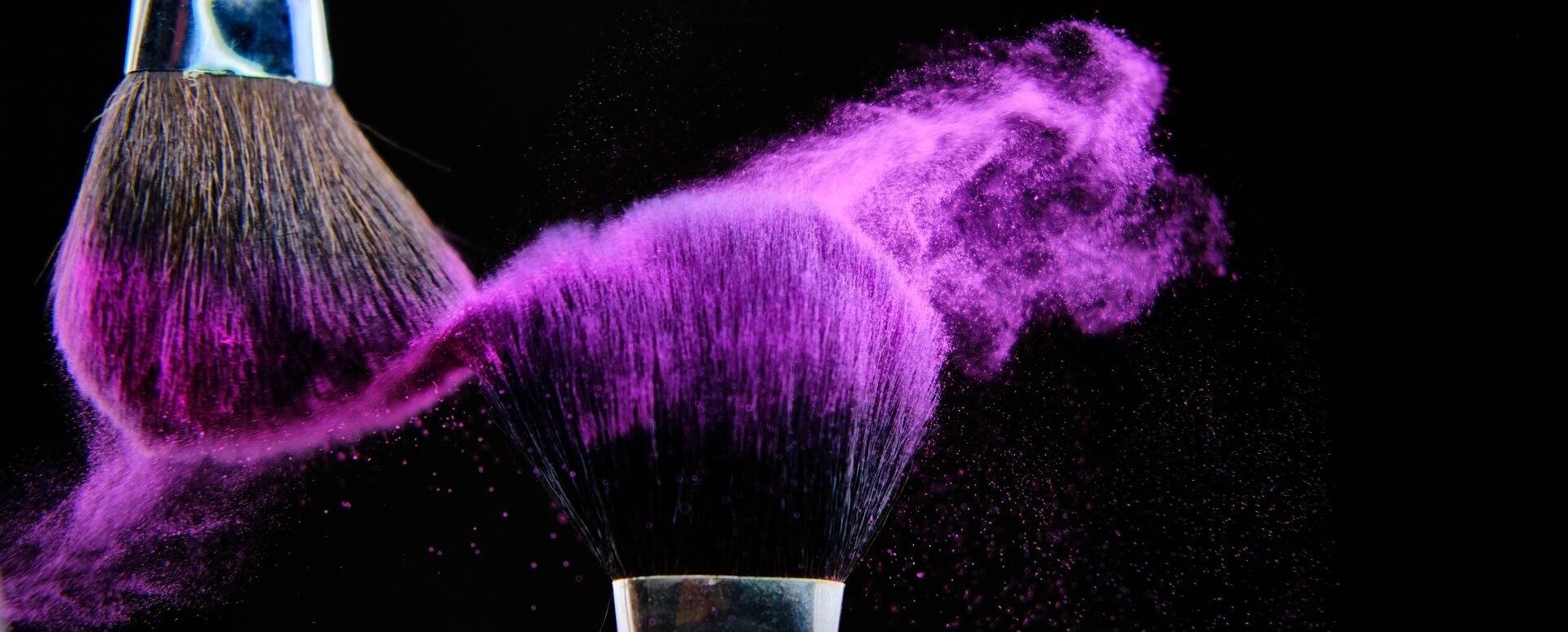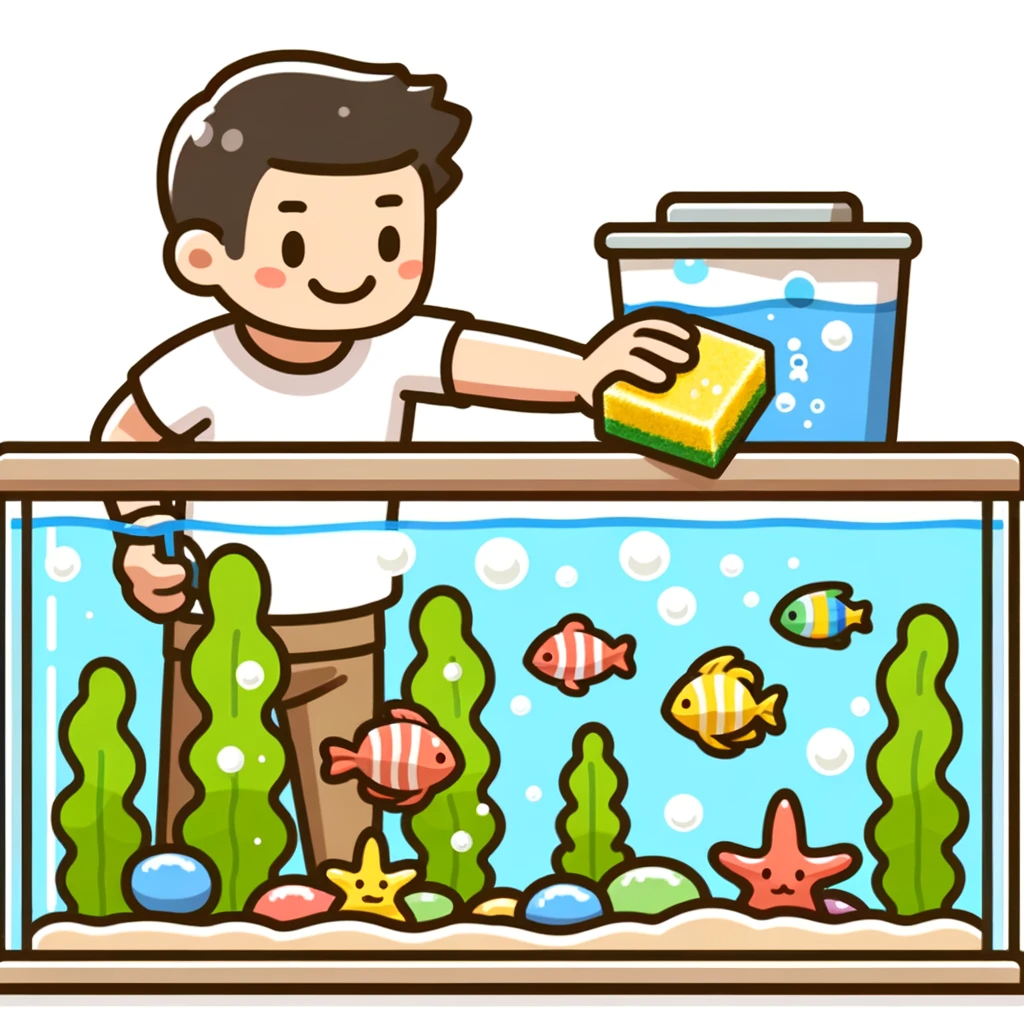Aquarium Tips For Beginners
At first, being the owner of fish pets may seem daunting. No matter your experience level or where you stand in this hobby, these aquarium tips will ensure your tank provides healthy environments for all the aquatic friends that call it home.

Do not settle for a small aquarium; fish need space to swim around in and discover their underwater world.
1. Choose the Right Size Tank
Most people view fish as low-maintenance pets, but it’s important to keep in mind that an aquarium can be an immense project for beginners and it may take some time before things fall into place perfectly. When setting up your tank, one of the key decisions you will need to make is choosing its size; generally speaking, larger tanks tend to be easier and have higher success rates so are worth the additional investment.
Beginners should begin their fishkeeping experience with 5-20 gallons. This allows enough space for growth and learning while providing enough water to maintain stability within your tank’s water parameters. Furthermore, selecting a tank with built-in filters and heaters may reduce upfront expenses significantly.
Once you know which size tank you desire, it’s time to choose the kind of fish to add. With many species out there to choose from, it is essential that each one be compatible. Otherwise, placing incompatible ones in the same tank could cause stress for them and result in water changes that would not be favorable.
Position your tank so it will be easily accessible for feeding and cleaning, without being interrupted often by family or pets, yet close enough to power outlets to run filters and lights efficiently.
2. Choose the Right Fish
Selecting fish that create an appealing visual display in your aquarium is key to its aesthetics. When selecting species to keep, take into account activity levels as well as body shapes and colors of each one in order to find one that works for you. Also consider how long of a commitment you can give some species – some only live a couple years while others may live decades!
There are plenty of freshwater fish species that are easy to care for for new aquarium owners, including guppies, cherry barbs, goldfish neon tetras and cory catfish. All these varieties tolerate various water temperatures, pH levels and tank sizes and can all cohabit in one aquarium together.
Zebra danios are another highly recommended freshwater fish for beginner aquariums. These vibrant schooling fish are very active, scurrying back and forth across their aquarium environment, delighting us as they move back and forth between each tank and tank. Omnivorous in nature, these schooling fish will consume any type of food offered to them from fish flakes and tablets to frozen vegetables like peas and broccoli as well as even live brine shrimp!
Cherry barbs are popular schooling fish that are easy to care for and come in an array of vibrant colors. As bottom feeders, Cherry barbs feed by sifting through substrate with their barbell-like fins sifting across its surface. Cherry barbs make great introduction fish for beginners as they thrive in small tanks (up to 10 gallons) as well as being kept with other similar-sized species.
Kuhli loaches are another excellent option for beginner aquarium owners. These peaceful, docile fish make an easy pet to care for; bottom feeders that consume both plant and animal material, they can cohabitat in an aquarium with other similar-sized and temperament fish species.
3. Test the Water Before Adding Fish
An aquarium is a breathtaking sight, yet requires proper care to remain beautiful and healthy. Over time, its water can become polluted due to waste from fish or organic matter which contaminate it; to prevent this from happening, regular tests should be run and any necessary adjustments made as necessary.
Test kits are readily available at most pet stores and come in either test tube or strip format, offering easy usage and accurate readings in either parts-per-million or degrees of hardness.
Before adding fish to an aquarium, it is vital that both temperature and hardness meet requirements for their species and tank size. A test kit can assist in this effort, though for optimal results it is also a good idea to place the aquarium in a peaceful environment away from high traffic areas or bright light sources that might stress out its inhabitants.
Once an aquarium has been properly set up, it is advisable to allow some time before adding fish. This allows the filter to settle down and the beneficial bacteria to multiply; additionally it should prevent an overcrowded tank leading to fighting among its inhabitants or adverse water quality conditions.
Once you are ready to introduce fish into the aquarium, turn off all lights and slowly introduce cool water, slowly adding in each individual fish one by one until their new home feels cool to touch. Gently release them from their bag into their new habitat where they should settle quickly before beginning their explorations of their surroundings. You may initially observe your new addition hiding behind plants; this is normal; their bodies have likely experienced stress after being trapped in nets at stores before being placed in bags for transporting into new environments; eventually they will adapt and start swimming freely within their new environments and they will start making themselves known!
4. Keep Your Fish Healthy
As with any pet, fish thrive when given a healthy environment and quality of life. Fish that receive their basic needs–comfortable housing, food and clean water–enjoy longer lives that display brighter colors while being less vulnerable to disease. To help ensure your fish’s wellbeing when setting up an aquarium there are some key tasks you should complete to ensure its wellbeing.
Recreating their natural habitat is essential. To do this, aquarium owners can add pebbles and sand in freshwater aquariums or saltwater tanks so as to give the illusion that the fish are swimming in their home environments.
Maintaining healthy water conditions in the tank is crucial to keeping fish happy and thriving. This requires periodic partial water changes known as cycling to remove ammonia and other toxins that accumulate within its ecosystem. You can use an ammonia test kit to check levels in your tank and adjust accordingly.
Algae growth is an inevitable part of aquarium ownership, but excessive algae can become harmful to its inhabitants. An algaecide product may help control this problem by inhibiting growth.
One way to ensure healthy tank water is by making sure it doesn’t become either too warm or cold for the fish in your aquarium, especially those sensitive to temperature swings such as freshwater tanks.
As well as maintaining an optimal temperature range in the tank, it’s also crucial that fish remain stress-free by not overinteracting with them. Overly stimulating their environment can be harmful or stressful, even leading to death of some species of fish. Instead, consider safely engaging them through activities such as gently tracing their fins with your finger or offering food on a stick with an end piece attached.
5. Add Plants
Planting some aquatic life into your aquarium will not only add a natural element, but can also filter and regulate the water. Be sure to follow all recommended guidelines when adding new plants into the tank.
As a beginner, epiphytes (plants that attach themselves to decorations) are ideal as they’re easy to care for without needing special substrate. You could later add unglazed, clean terra cotta pots filled with decorative substrate when ready to try more traditional rooting plants.
Foreground plants include short, frilly ferns and mosses that add depth and scenery to an aquarium. When planting these in your aquarium, be careful not to cover too densely as this will obstruct fish visibility. Background/midground plants often include taller sword plants that create an inviting “carpet” of vegetation that you can plant either by using your fingers to dig holes in the gravel substrate or planting tweezers.
If you intend on adding carpeting plants, be sure to select a finer grade substrate, since coarse sand and gravel can hinder proper root anchorage. Also avoid dolomite, crushed coral and oyster shell-based substrate as these will increase pH and alkalinity in your aquarium; always rinse your substrate prior to placing in. Having an aquarium siphon handy will save time cleaning off substrate layers quickly while clearing away waste effectively; an essential tool for every aquarium owner and especially beginners!


